Spelunky 2
by Mossmouth, BlitWorks
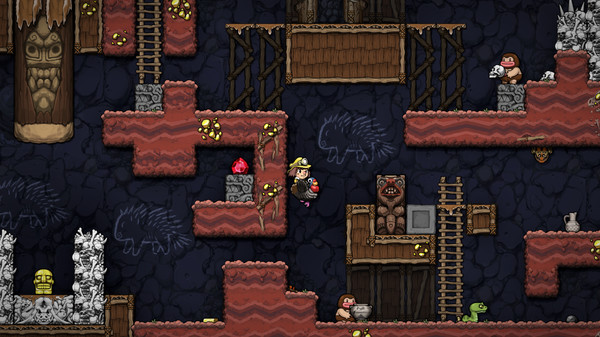
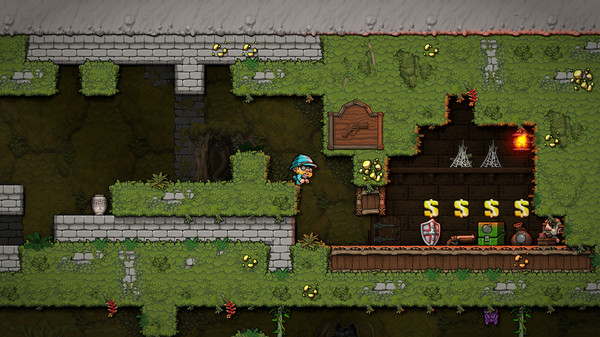
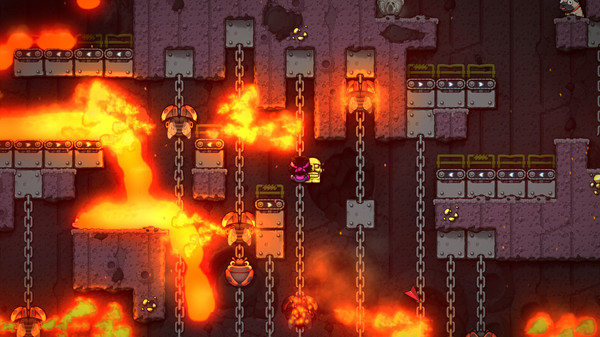
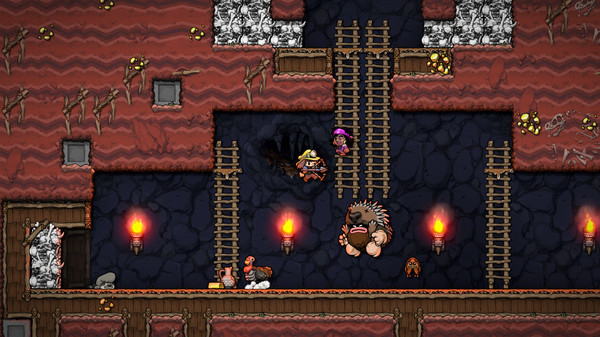
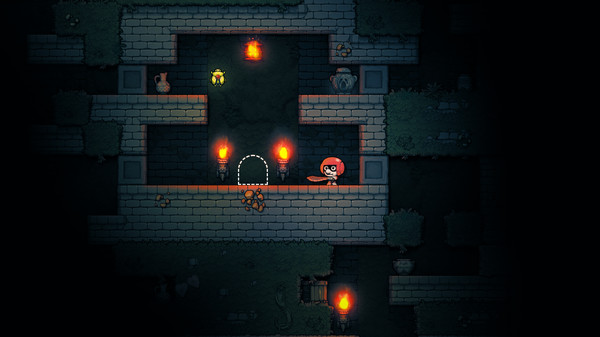
The Developer Says...
Spelunky 2 builds upon the unique, randomized challenges that made the original a roguelike classic, offering a huge adventure designed to satisfy players old and new. Meet the next generation of explorers as they find themselves on the Moon, searching for treasure and missing family.
Keywords
Players Like...
❤ Game Mechanics and Core Gameplay
Players explore procedurally generated cave levels, wielding a whip and limited resources like bombs and ropes. Each character navigates treacherous environments, collecting gold, rescuing allies, and surviving increasingly complex challenges. The gameplay punishes hasty movements, demanding precision and strategic thinking.
❤ Depth of Exploration
Hidden passages behind main levels invite players to discover secret rooms and alternate routes. Players can access second-layer areas through specific doors, revealing unique challenges and treasure chests. With 16 distinct locations and multiple potential paths, explorers constantly uncover new strategies.
❤ Procedural Generation and Replayability
Randomized levels guarantee unique experiences across 78 different creatures, 54 items, and 24 traps. A turkey mount might appear in one run, while a challenging shopkeeper encounter defines another. Players adapt constantly, learning enemy behaviors and environmental interactions.
❤ Challenging Skill-Based Progression
Death arrives swiftly and often hilariously. Players learn through repeated failures, understanding how horned lizards attack, how arrow traps trigger, and how liquid physics influence movement. Veteran spelunkers transform seemingly impossible scenarios into calculated risks.
❤ Dynamic Environmental Interactions
An explosion might launch a shopkeeper into a lava pit, which then triggers a chain reaction destroying nearby structures. Enemies interact unpredictably: a UFO crash could simultaneously activate a boulder and crush a vault, creating chaotic, emergent gameplay moments.
❤ Mount and Companion Systems
Players can tame creatures like turkeys, gaining double-jump abilities and alternative movement strategies. Companions introduce additional complexity, potentially helping or accidentally hindering player progress.
❤ Multiplayer and Community Aspects
Up to four players can explore simultaneously, creating cooperative chaos. Between runs, players interact with unlocked characters in a base camp, sharing experiences and planning future expeditions.
❤ Conclusion
This roguelike platformer delivers an intricate, unforgiving experience that rewards patience, observation, and adaptive thinking. Each run becomes a unique story of survival, challenge, and unexpected triumph.
You Might Also Looove...
About | Terms of Service | Privacy Policy
Copyright ©2024 by Totally Human Media
